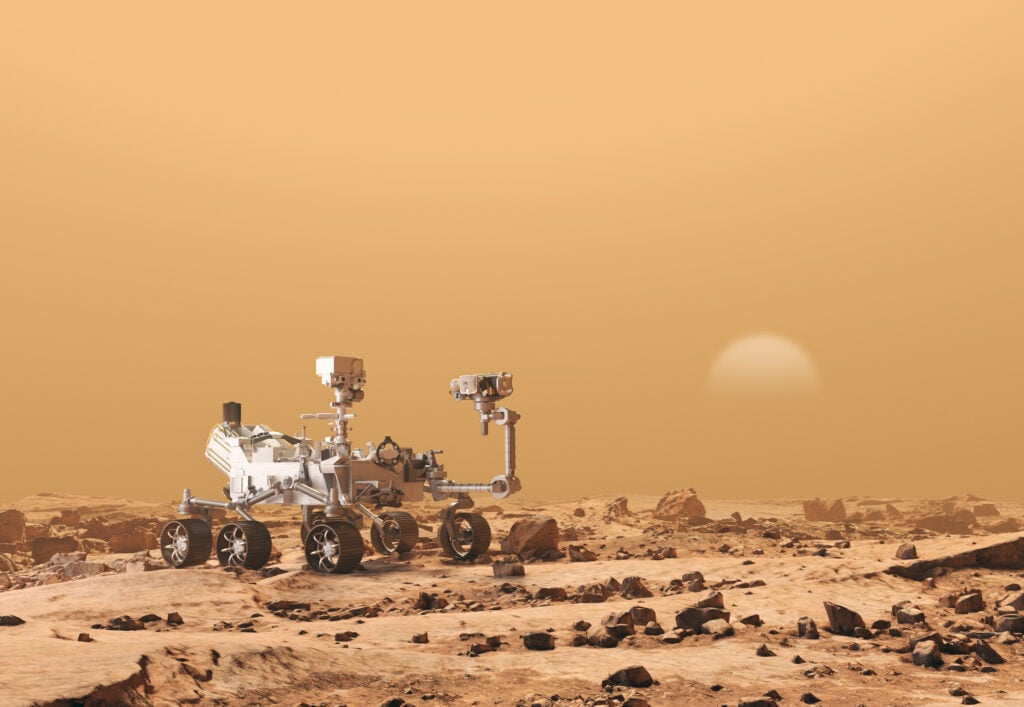A vastly expensive space rover, built to explore Mars, was deemed surplus to requirements by NASA. Out of work, with its life’s purpose seemingly squandered, the robot spent its days roaming around a quarry in England, living a rather less glamorous life.
Now, however, there is hope that the rover might still be able to fulfill its destiny and visit space.

The robot, known as The Sample Fetch Rover (SFR), was built by the company Airbus in Stevenage, England. It cost $29 million (£23m) to construct, and was part of a NASA project to collect sample tubes left on the surface of Mars. These tubes had been there since February 2021, when NASA vehicle Perseverance visited the red planet.
Work began on the SFR in 2018, but in 2022 came the news from NASA and the European Space Agency that its mission had been axed.
The overqualified SFR was left to explore a quarry in Bedfordshire, England. This work is still used as testing for a future project, with quarries providing a similar landscape and one that is difficult to replicate in factory facilities.
Unlike the six-wheeled ExoMars rover, the SFR only has four wheels but is designed to operate six times faster due to its enhanced navigation technology.

Experts are unsurprisingly still trying to find a use for such a valuable piece of technology, and Airbus is looking at repurposing it for the moon. A new Artemis project announced by NASA for the end of this decade offers hope.
“Even though the mission may have faded away, the core technology is still ready and able to go.” Ben Dobke, Airbus’ project manager, told British television channel ITV.
“The focus has started shifting towards the moon and there’s various avenues of investigation,” Dobke continued. “It could be scientific, going into places where there’s lunar ice. It could be in support of human habitats, whether it be autonomously building habitats or whether it’s supporting driving astronauts around on the surface.
Read More: Deception Island | What secret is this beautiful Antarctic island hiding?
It remains possible, even with this latest turn towards the moon, that SFR does one day also reach Mars. “All the technology that’s been developed for Sample Fetch Rover is still really, really useful because we’ve developed a huge amount of expertise and know-how in the UK,” Dr Adam Camilletti, space systems lead at the UK Space Agency, said.
“And we think that can be utilized in commercial applications, for autonomous vehicles and inspecting infrastructure and down tunnels and in difficult terrains, but also we think it can be utilized in future missions, perhaps to the moon and future missions to Mars as well.”





